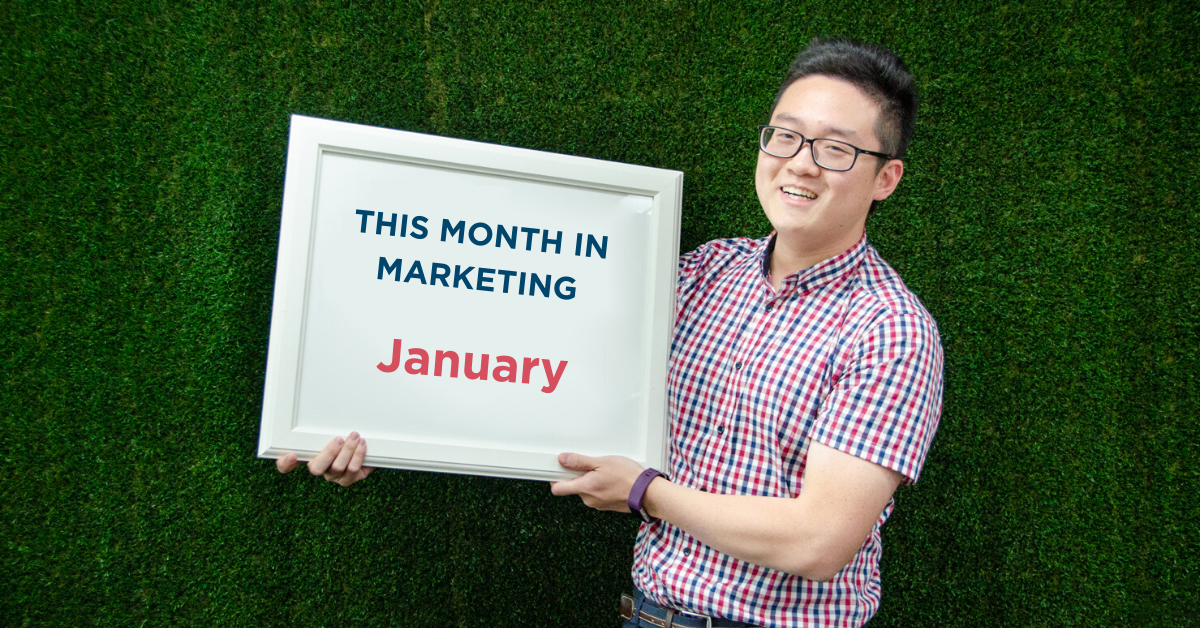Sadly, the start of 2020 didn’t go according to plan for many. A hot and dry summer has brought weeks of dust storms, devastating fires and blankets of smoke haze across many parts of the country. Followed up last week by one of the most brutal hailstorms the capital has ever seen. It’s hard to celebrate the beginning of something new as we usually would when so many have been impacted by these unprecedented natural disasters with a long road to recovery ahead.
For Threesides, the first week back was anything but business at usual – editing already scheduled social posts that no longer held relevance when our country was literally on fire, providing media and PR assistance to clients that had been directly affected by the fires and helping others to share messages of support through their online channels.
We’ve learnt that during a time of crisis, influencers and celebrities can use their power for the greater good and we’ve questioned the role of social media, the positive and negative impact it can bring and knowing what is fact and what is faux.
The power of online influencers and celebrities during a crisis
The worth of influencers has been a hot topic with Australian comedian and Instagram personality Celeste Barber raising over $51 million through her Facebook fundraising campaign for the Rural Fire Service – the biggest in the platform’s history. As CMO writes, despite a healthy scepticism around influencers, this fundraiser shows there is still room for influencers who make an emotional connection, are empowered by a real cause, looking to do real good, and tell and share stories in an authentic way. Hats off to Celeste, celebrities and regular folk that have contributed dollars or time to assist in some way.
Social media and the bushfires – is it doing more harm than good?
Perhaps Mumbrella got it right when they said the Australian bushfires have shown the best and worst of social media. The good – social platforms have brought us all together as a community and disseminated information in a timely manner. Facebook fundraisers have reached far and wide, Instagram influencers have used their profiles to raise awareness of and encourage their followers to donate to fundraising pages, and several community-led campaigns have leveraged social media to launch and create a positive impact almost overnight e.g. Empty Esky.
But, with the good comes the bad. Out of date information, fake fire maps, and doctored images that had been created to portray the severity of the bushfires have been mistaken for reality by some social users. Misinformation can shift our focus from where it needs to be and in times like this, we need to stop and consider what’s the source of the information, who is sharing it and what is their agenda before we become so absorbed that we too can’t see fact from fiction.
Emergency info in the palm of our hands
There’s no doubt that staying up to date with emergency information during the bushfires or any natural disaster is essential and unless you live a rural area, it’s unlikely you’d heard of the fire and emergency apps until recently i.e. RFS Fires Near Me. This alongside other useful apps including Live Traffic NSW and IQ Air Quality meant we’ve not been short of accessible information sources. While they’ve been extremely useful, many of us have had to restrict our viewing time to avoid becoming completed consumed by real-time information.
January 2020 has been full of new experiences from a marketing perspective and won’t be a month we’ll forget in a hurry. Let’s hope life and our marketing updates will return to normal come February.
[/et_pb_text][/et_pb_column][/et_pb_row][/et_pb_section]
